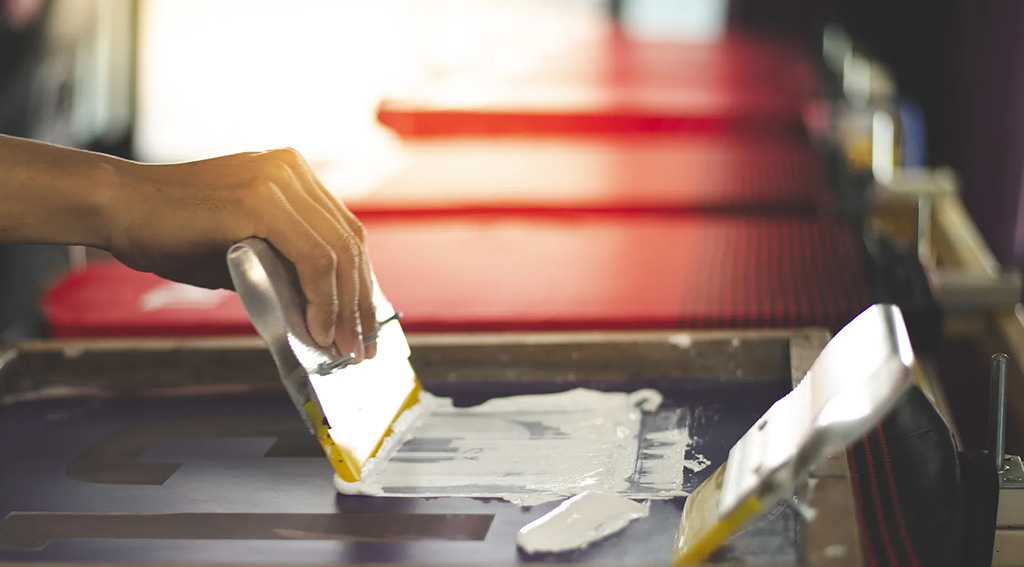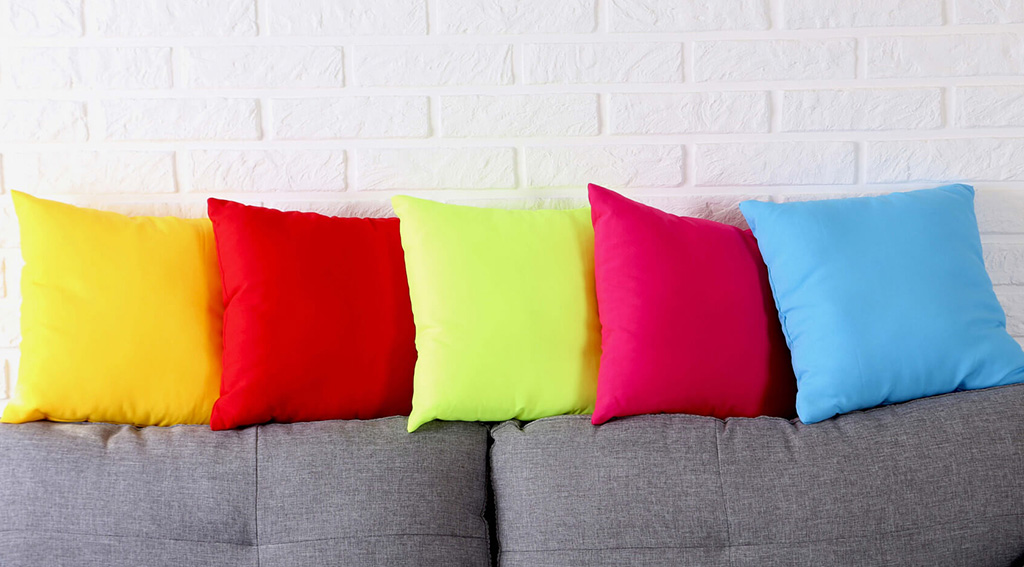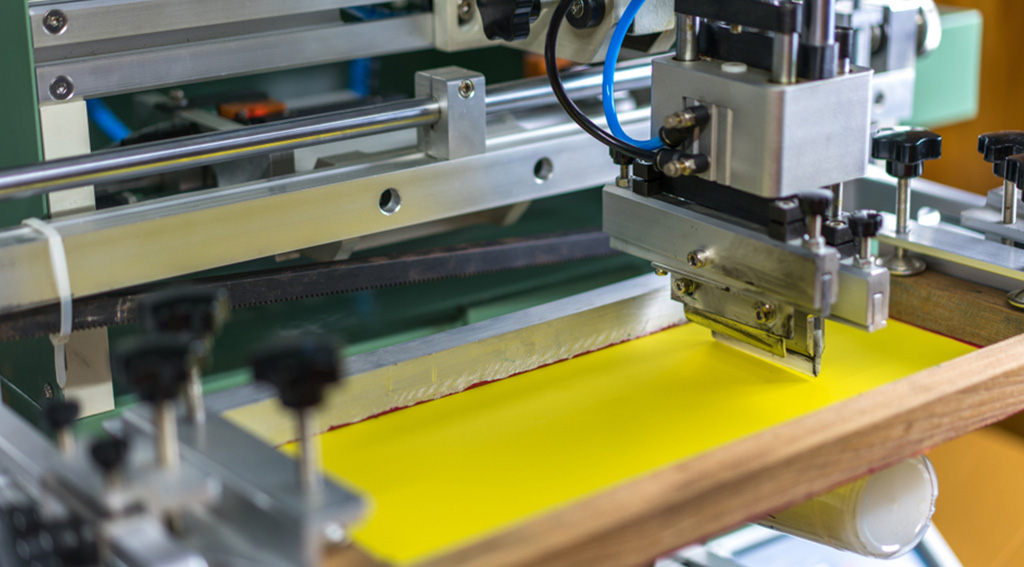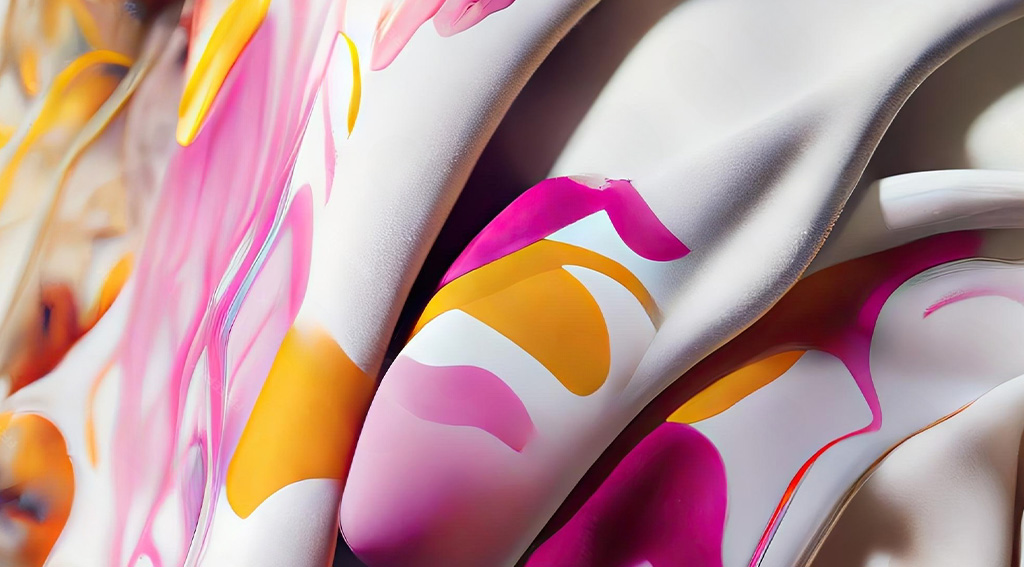
Rotary and digital printing are two fundamental methods employed by designers and textile manufacturers to transfer patterns and designs onto fabrics, each boasting its unique advantages. Rotary printing is a traditional method, often preferred for large-scale fabric production. This technique transfers patterns onto fabric through cylinders, delivering high-quality results with vibrant colors and a focus on durability. However, the initial costs for rotary printing can be high, and design changes can be time-consuming.
On the other hand, digital printing is a more recent method that allows patterns to be directly printed onto fabrics. This method is particularly suitable for small batch production or personalized designs. One of the major advantages of digital printing is its ability to accommodate quick design changes and produce smaller quantities. Digital printing excels in transferring color gradients and intricate patterns. However, it may have some limitations compared to rotary printing in terms of long-term color fastness and wear resistance.
When choosing the right printing method for your needs, it’s crucial to consider factors such as production quantity, design complexity, and budget. Both methods offer unique advantages, and the correct choice will depend on your specific requirements and project characteristics. Rotary and digital printing are powerful tools in the world of textiles for bringing creative designs to life, and a careful evaluation of both techniques is essential.


